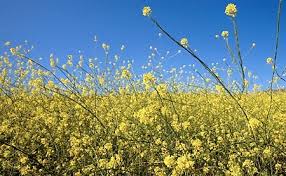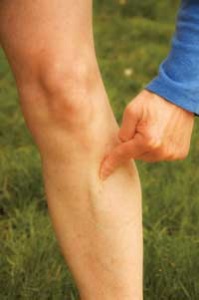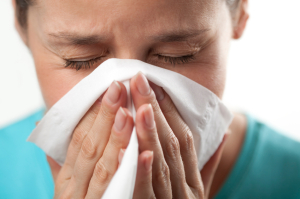Natural Hayfever Remedies
Natural Hayfever Remedies
Try the following to help relieve your symptoms:
- Red onion, raw or in a tincture – Take 30 mls twice a day
- Pulverise red onion and celery: Extract the juice and add an equal amount of carrot and tomato juice – Take 8 ozs twice a day
- Carrot juice – Take 6 ozs per day
- Honey – Take a teaspoon of local honey 3 times a day
- Coltsfoot tea, also know as Tussilago Farfara. Add 1 tablespoon to 4 cups of water and steep for 10 minutes – Drink 1 cup twice a day. Relieves coughing and sneezing.
Any of these remedies can work well along side Acupuncture treatment designed to reduce your symptoms.
 What is hayfever?
What is hayfever?
Hay fever is an allergic reaction to pollen. Your immune system (your body’s natural defence) responds as if it were being attacked by a virus, because it perceives as the pollen as a threat.
Your immune system will release a number of chemicals designed to prevent the spread of what it wrongly perceives as an infection. These chemicals cause the symptoms of the allergic reaction, such as watering eyes and a runny nose.
When is there most pollen?
Different trees and plants produce their pollen at different times of the year. Depending on which type of pollen you’re allergic to, you may experience hay fever symptoms at different times.
Most people with hay fever (90%) are allergic to grass pollen, but it can also be caused by trees and weeds. Research suggests that pollution, such as cigarette smoke or car exhaust fumes, can worsen allergies. In Britain there are three periods:
- Tree pollen (including oak, ash, cedar and birch); late March to mid-May
- Grass pollen; mid-May to July
- Weed pollen (such as dock and nettles); end of June to September.
However, the pollen count season can sometimes begin as early as January or end in November, depending on weather conditions.




